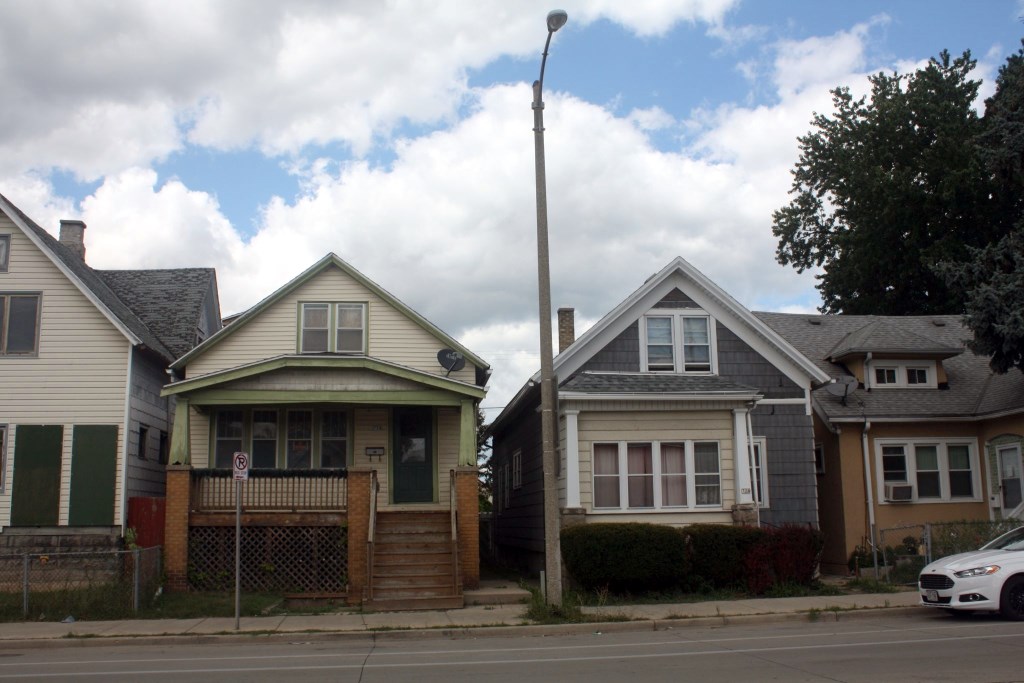How Does The Eviction Moratorium Work?
Latest order only covers areas with substantial or high COVID-19 transmission. That includes Milwaukee, for now.
Earlier this month, the Centers for Disease Control and Prevention (CDC) issued a new eviction moratorium, though it’s more narrowly tailored than previous orders.
The moratorium will be in effect until October 3rd, and it only applies to counties that are experiencing high or substantial transmission of COVID-19. If a county goes 14 days without experiencing those levels of transmission, then the order will no longer apply.
COVID-19 began surging in Milwaukee in early July. Two weeks ago, the City of Milwaukee Health Department reported that the city was experiencing “Extreme” transmission of COVID-19. Based on the latest CDC data, the county is still experiencing “High Transmission.”
Like previous moratoriums, the latest order is intended to provide another layer of COVID-19 mitigation for communities with high levels of disease.
“A surge in evictions could lead to the immediate and significant movement of a large number of persons from lower density to higher density housing at a time in the United States when the highly transmissible Delta variant is driving COVID-19 cases at an unprecedented rate,” the CDC noted.
While the available COVID-19 vaccines have proven effective at preventing disease and severe outcomes like hospitalization or death, the CDC said, “The COVID-19 vaccination effort has a slower rate of penetration among the populations most likely to get evicted.”
As with previous moratoriums, anyone who wishes to be protected by the latest order must sign an Eviction Protection Declaration. This document affirms that a person has made efforts to obtain rent or housing assistance, and that they make $99,000 or less a year as an individual, or $198,000 or less a year as a household. If someone has already signed a declaration for a previous order, they do not need to sign a new one, Triggiano said.
The new order can switch on and off depending on the level of transmission in a community. But anyone facing an eviction that was initiated, but not completed, before the moratorium took effect can still be covered by it.
The CDC stated in its order that the nationwide eviction data it had available to it indicated that the moratorium during the pandemic led to 50% fewer evictions than the historical average. But evictions never ended, and as of March, the Census Household Pulse Survey estimated that as many as 6.4 million Americans were behind on rent.
Read the CDC order here.
More about the Coronavirus Pandemic
- Governors Tony Evers, JB Pritzker, Tim Walz, and Gretchen Whitmer Issue a Joint Statement Concerning Reports that Donald Trump Gave Russian Dictator Putin American COVID-19 Supplies - Gov. Tony Evers - Oct 11th, 2024
- MHD Release: Milwaukee Health Department Launches COVID-19 Wastewater Testing Dashboard - City of Milwaukee Health Department - Jan 23rd, 2024
- Milwaukee County Announces New Policies Related to COVID-19 Pandemic - David Crowley - May 9th, 2023
- DHS Details End of Emergency COVID-19 Response - Wisconsin Department of Health Services - Apr 26th, 2023
- Milwaukee Health Department Announces Upcoming Changes to COVID-19 Services - City of Milwaukee Health Department - Mar 17th, 2023
- Fitzgerald Applauds Passage of COVID-19 Origin Act - U.S. Rep. Scott Fitzgerald - Mar 10th, 2023
- DHS Expands Free COVID-19 Testing Program - Wisconsin Department of Health Services - Feb 10th, 2023
- MKE County: COVID-19 Hospitalizations Rising - Graham Kilmer - Jan 16th, 2023
- Not Enough Getting Bivalent Booster Shots, State Health Officials Warn - Gaby Vinick - Dec 26th, 2022
- Nearly All Wisconsinites Age 6 Months and Older Now Eligible for Updated COVID-19 Vaccine - Wisconsin Department of Health Services - Dec 15th, 2022
Read more about Coronavirus Pandemic here






















